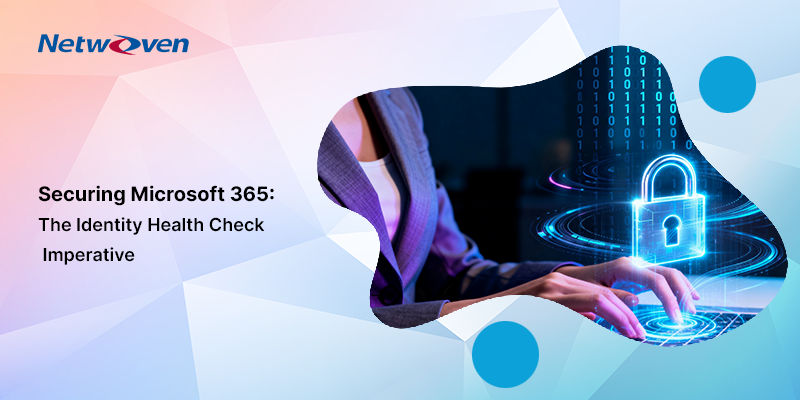It is said that the best way to go about data governance and security is by not trying to break it down into conceptual blocks but by asking the right questions. From an executive standpoint, the following are the 21 key questions that should be asked before developing any data governance and security program.
- How does the organization’s data security and governance strategy align with its overall business strategy?
- What data governance policies and procedures should be implemented for data management, including data classification, data lifecycle management, and metadata management?
- How to define and communicate the roles, responsibilities, and accountability for data decision making, management, and security within the organization?
- How to safeguard against data breaches by preventing unauthorized access to the enterprise sensitive data?
- What kind of data encryption techniques should be implemented to protect data wherever it lives and safeguarding it from unauthorized access or interception?
- How to maintain data privacy by protecting confidential data from unauthorized access, disclosure, modification, or loss, and ensuring compliance with the data governance policies and any relevant laws and regulations?
- What policies and procedures are needed to ensure the continuity of data services in an event of a data breach, loss, or other disaster?
- How to ensure compliance with relevant regulations such as DORA, GDPR, CCPA, SOX, PCI, HIPAA, or other industry-specific standards?
- How to implement a fool proof access control mechanism to prevent unauthorized access or data leaks, including implementing least privilege access principles and robust authentication mechanisms?
- How to ensure cloud security i.e. ensuring the security of data stored or processed in cloud environments from unauthorized access, disclosure, modification, or loss, and compliance with any relevant laws and regulations?
- What are the steps to evaluate and minimize security risks posed by vendors who either have access to enterprise data or offer services related to data handling?
- What kind of employee awareness and training program must be undertaken to educate employees about data security best practices to mitigate insider threats and human errors?
- How to prepare for incident response and recovery by developing and testing incident response plans to effectively detect, respond to, and recover from security incidents, including data breaches, cyberattacks, or system failures?
- How to implement a robust monitoring and auditing mechanism to detect suspicious activities, unauthorized access attempts, or compliance violations in real-time?
- What kind of policies would be effective for data retention and secure deletion to minimize data exposure and to comply with regulatory requirements, including proper disposal of obsolete or redundant data?
- How to implement a risk management plan to regularly identify the risks associated with potential security threats and vulnerabilities, prioritize risks based on their impact and likelihood, and implement appropriate risk mitigation measures?
- How to address security challenges posed by emerging technologies such as IoT devices, AI, and machine learning systems, ensuring they are securely integrated into the enterprise ecosystem?
- What level of board and executive oversight must be present regarding the organization’s data security posture, compliance status, and ongoing initiatives to address emerging threats and regulatory changes?
- How does the organization ensure that its technology infrastructure is resilient against cyber threats?
- What key performance indicators (KPIs) should be used to measure and monitor the effectiveness of data security and governance efforts?
- How does the organization foster a culture of continuous improvement in data security and governance?

Ebook: Data Security and Governance: 6-Steps to kick start your initiative
This eBook offers expert advice on protecting your organization’s sensitive data. It covers key steps for building a strong defense, starting a scalable and affordable security program, optimizing existing IT investments, and provides a detailed roadmap to enhance your data protection strategies.
Get the eBookYou may also like: 6 Steps to Kick-start your Data Security and Governance Initiative
These questions help executives assess their current data security and governance practices and identify areas for improvement. Addressing these concerns requires a comprehensive and proactive approach to data security and governance, involving collaboration across different departments, ongoing risk assessments, and investment in appropriate technology and personnel.






















